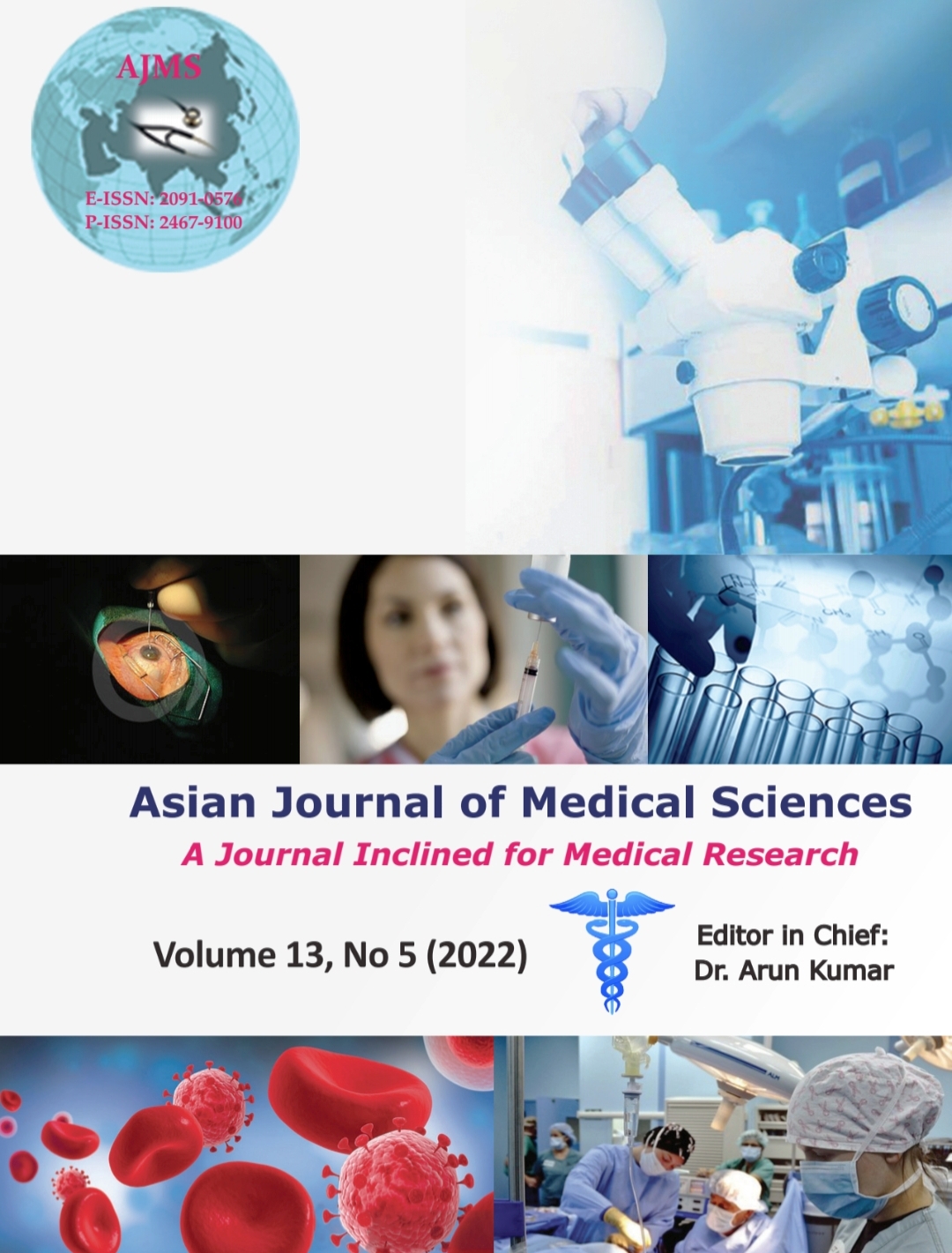Role of diagnostic laparoscopy in suspected abdominal tuberculosis
Keywords:
Tuberculosis, Acid fast bacilli, Bacillus-calmette guerin, Computed tomography, Abdominal tuberculosis, Diagnostic laparoscopyAbstract
Background: The difficulty in confirming the diagnosis, morbidity and mortality associated with laparotomy in patients with abdominal Tuberculosis (TB) has generated interest in laparoscopy to obtain specimens for histological and microbiological assessment.
Aims and Objectives: Difficulty in sample procurement, paucibacillary load and non-specific clinical, biochemical, and radiological features makes early diagnosis difficult in abdominal TB. Diagnostic laparoscopy with peritoneal biopsy can provide rapid and correct diagnosis of abdominal TB and reduce significant morbidity and mortality.
Materials and Methods: Laparoscopy with umbilical port enabled direct inspection of peritoneum, intra-abdominal organs and facilitated obtaining biopsy specimens, cultures, and aspiration.
Results: Diagnostic laparoscopy has an important role not only in diagnosing abdominal TB, but also to rule out TB in certain cases. In our study, mesenteric lymphadenopathy was present in 85% of cases, tubercles in 63% and adhesions in 73%. An alternative diagnosis was established in 6 suspected abdominal TB patients (20%) who were microbiologically confirmed TB negative.
Conclusion: The study showed the feasibility of diagnostic laparoscopy in diagnosis of abdominal TB by sampling macroscopically visible pathological tissue with a low complication and conversion rate in most patients with suspected TB, and also providing an alternative diagnosis.
Downloads
Downloads
Published
How to Cite
Issue
Section
License
Copyright (c) 2022 Asian Journal of Medical Sciences

This work is licensed under a Creative Commons Attribution-NonCommercial 4.0 International License.
Authors who publish with this journal agree to the following terms:
- The journal holds copyright and publishes the work under a Creative Commons CC-BY-NC license that permits use, distribution and reprduction in any medium, provided the original work is properly cited and is not used for commercial purposes. The journal should be recognised as the original publisher of this work.
- Authors are able to enter into separate, additional contractual arrangements for the non-exclusive distribution of the journal's published version of the work (e.g., post it to an institutional repository or publish it in a book), with an acknowledgement of its initial publication in this journal.
- Authors are permitted and encouraged to post their work online (e.g., in institutional repositories or on their website) prior to and during the submission process, as it can lead to productive exchanges, as well as earlier and greater citation of published work (See The Effect of Open Access).




